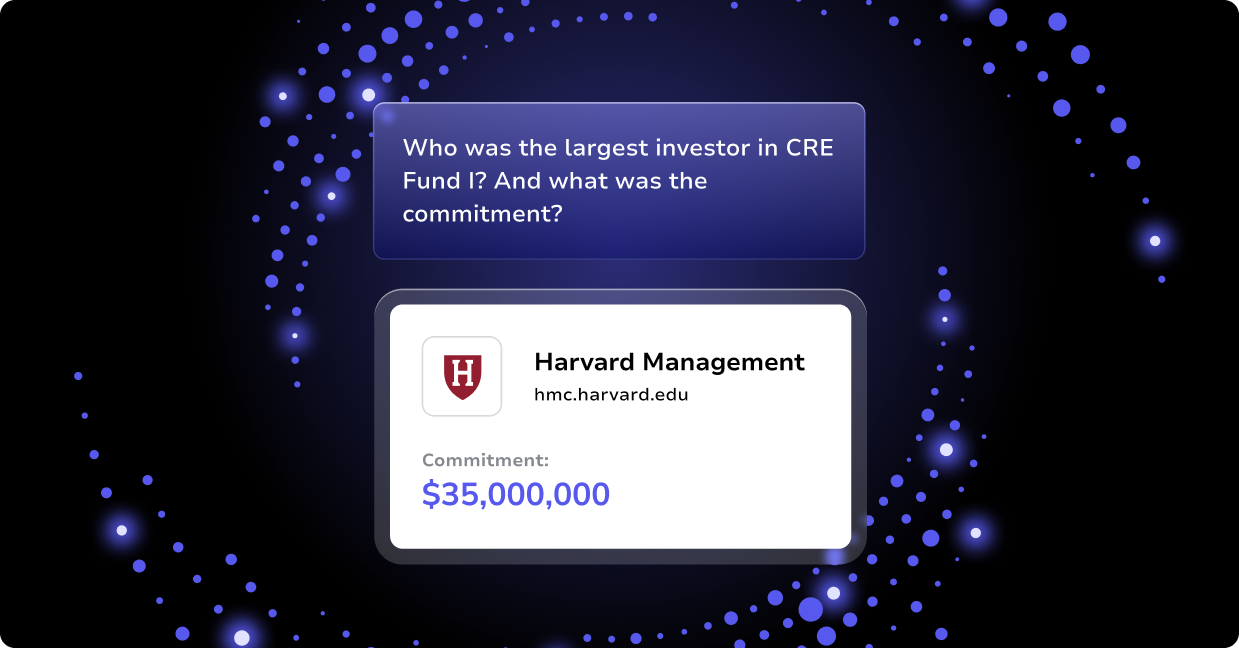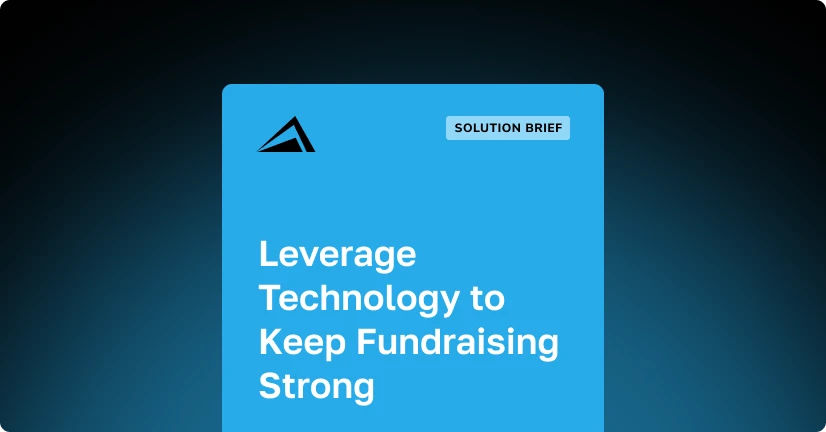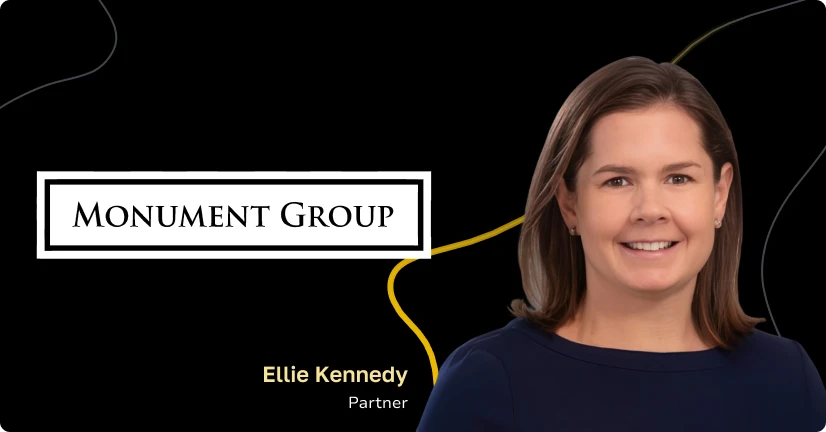
Software implementation can be challenging. That’s particularly true for private equity and venture capital firms, where getting software solutions up and running efficiently and effectively is critical. Allow the process to drag or do a poor job of ensuring user adoption and you can miss out on deals.
Consequently, it’s important to understand how to conduct a software implementation the right way and to take a methodical approach when you’re ready to put the solution in place.
Relate the System to Your Business Processes
Too often, firms neglect to talk about how a new fund management software system will integrate with their current business processes. But it’s important to consider both a solution’s technical capabilities and how those features will be used in your setting before you begin your software implementation.
It’s also crucial that you address both aspects when providing “how-to” training. The last thing you want is for users to say, “I see how it functions. But how does it support what we do?”
For example, as part of your software implementation, it’s important to talk about how deals flow through the system. In addition to teaching users how to access and navigate it, you must also walk through things like:
- The different ways deals come in—through intermediaries, for instance
- How users should log deals into the system
- Who gets alerted about the new deal
- How important information is circulated internally
- Who is responsible for acting on the information
A good approach is to prepare for your software implementation by identifying the five most important processes that your team will use it for. Get users together and discuss not only how those processes will be handled in the system but also how the software can streamline and simplify that process so that it’s done better or more efficiently after the switch than it is today.
The First Two Weeks After a Software Implementation Are Critical
Research has shown that what happens in the first two weeks after a software implementation has a significant effect on long-term software adoption. If you can get users to log in daily during the first two weeks, that’s a great start. Through frequent exposure to the system’s features and function, they start to understand its value.
Soon, they’re searching for information, running reports, adding data, etc., and doing so with greater efficiency than in your old system. As a result, these actions come with “rewards” in the form of time savings that encourage users to continue exploring the system. And not only do they start to rely on the solution, but they also become advocates that encourage others to learn about its advantages.
If, on the other hand, users don’t get on board in the first few weeks following a software implementation, the odds of them ever leveraging the tool effectively drop significantly—and the work a firm puts into promoting adoption of the solution in the weeks and months that follow quickly starts having diminishing returns.
Promoting Early Adoption
So, how do you go about getting people to log into the new solution following your software implementation? The key is to have a carefully considered and executed plan.
It should include:
- Designating an internal “champion” to promote the system in meetings, in casual conversations, etc.
- Having a system administrator review user login history daily and report the stats to those responsible for the software implementation so that they can nudge reluctant users
- Having the champion and other early adopters model behavior like generating and sharing reports from the system to encourage others to log in
- Making the system and its features a point of emphasis in everything from meetings to casual conversations
Software implementations and achieving a high rate of system adoption don’t have to be difficult. As long as you have a strategy in place before the new solution is launched, you can ensure that your team members quickly understand the benefits of the system and start capitalizing on its features to make their work easier and improve the firm’s operations.
And, of course, your software implementation will go much smoother if you’re moving to the right system!




